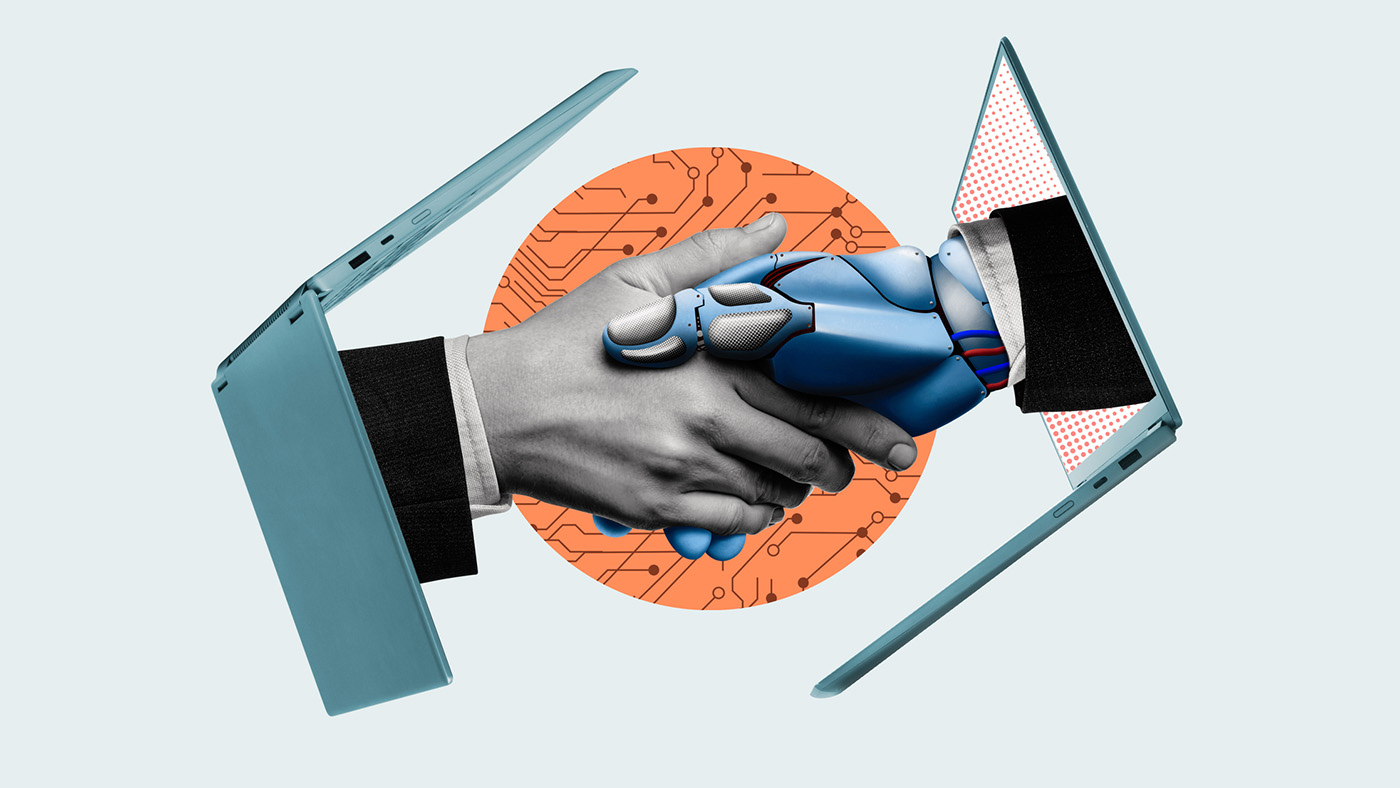Why SMEs Need Partnerships for Digital Infrastructure
Gabriel Willigens, Director of the Business Unit Data Logistics at ITENOS GmbH, on how strategic collaborations in IT security, cloud services, and data centers can empower SMEs to focus on their core strengths while navigating the complexities of modern technology.

© metamorworks | istockphoto.com
For small and medium-sized enterprises (SMEs), digital transformation often creates pressure to expand capabilities beyond their core business. Yet in areas such as IT security, cloud, and data centers, the better approach is collaboration. By partnering with experienced service providers, SMEs can focus on what they do best, stay agile, and meet growing regulatory and operational demands. This article explores how leveraging partnerships can future-proof the digital backbone of the SME sector.
The power of focus in digital transformation
Small and medium-sized enterprises (SMEs) form the backbone of the European economy. Yet as digital transformation accelerates, many of these businesses face mounting pressure to modernize IT infrastructure, meet compliance requirements, and implement new technologies such as AI. In trying to do it all, they risk losing sight of their core strengths and slowing down decision-making processes that require clarity and vision. The reality is that digital progress, while essential, must be prioritized and targeted to be effective.
This is particularly evident in areas like IT security, cloud services, and data center operations. These are not only complex fields with rapidly evolving technologies, but also critical to long-term business resilience. For SMEs, building in-house expertise to manage these domains often requires significant investment, time, and talent that may be in short supply. Moreover, the need to stay abreast of industry developments, mitigate risks, and ensure continuity further complicates the picture. Instead of stretching themselves thin, SMEs should embrace a more strategic approach: focusing on their strengths and forming reliable partnerships that offer flexibility, experience, and scalability.
As Detlef Artelt, CEO and Senior Consultant at aixvox GmbH, mentioned in our recent webinar as part of the eco Association and ITENOS German-language webinar series on the opportunities of digitalisation: “You can have the best technology and the most colorful office furniture, but it means nothing if your people aren’t on board.” Without the right cultural and organizational mindset, even the best infrastructure investments may fail to deliver value.
The partnership model: A smarter way forward
Relying on specialized service providers enables SMEs to benefit from expert knowledge, scalable infrastructure, and ongoing innovation without the burden of maintaining and upgrading their own systems. Managed services, hybrid IT solutions, and regional data centers provide tailored offerings that balance control, compliance, and flexibility. These partnerships help SMEs react quickly to changes in the market and adjust their technological approach without major internal upheaval.
This model is not about outsourcing for its own sake. It’s about smart sourcing: identifying which elements of digital infrastructure should be kept in-house, and which can be more effectively handled by partners. In today’s hybrid IT environments, there is no one-size-fits-all. Every SME has different requirements depending on its size, sector, and digital maturity. But the guiding principle remains the same: stay focused on what creates value for your business. Christian Zipp, Chief Sales Officer at nLighten, highlighted this when he asked, “What is your purpose? Stay focused on what you do best – and let partners handle the infrastructure.” This clarity allows SMEs to preserve their identity and core mission while embracing necessary technological change.
Data centers: More than just a place to store data
Data centers today are highly strategic assets. With the advent of AI, remote work, and real-time digital services, the performance, energy efficiency, and location of data centers matter more than ever. These facilities have become enablers of business transformation, supporting new use cases from predictive maintenance to distributed analytics. For many SMEs, their existing infrastructure is no longer fit for purpose, and new regulatory requirements – including those related to sustainability and data sovereignty – make in-house operations increasingly complex and costly.
Working with experienced data center providers allows SMEs to benefit from modern infrastructure that is secure, energy-efficient, and compliant with European regulations. This not only reduces operational risks, but also opens up possibilities for innovation. For example, combining colocation with managed services and flexible cloud connectivity enables businesses to scale their digital services quickly and cost-effectively. It also allows them to explore new business models without upfront capital expenditure or long-term technical debt.
Zipp added, “You don’t need to be a data center expert to benefit from modern infrastructure – that’s what strategic partners are for.” This reflects the growing role of infrastructure-as-a-service as a tool for digital agility.
Regulation and resilience: Managing increasing complexity
The European regulatory landscape is evolving fast. From the EU AI Act to energy efficiency mandates for data infrastructure, companies are being held to higher standards of compliance and transparency. New requirements often emerge with short lead times, and staying compliant requires ongoing monitoring and reporting. For SMEs, keeping up with these changes can be overwhelming, especially without dedicated legal or compliance departments.
Here again, partnerships prove their worth. Service providers that specialize in regulated IT environments can help SMEs navigate these requirements and implement solutions that meet current and future standards. They often have cross-industry experience and established practices that can be adapted to individual company needs. This strengthens business resilience, enables strategic planning, and avoids costly missteps that may result from unintentional non-compliance or technical shortcomings.
Detlef Artelt also observed, “Successful hybrid work requires far more than just handing out laptops – it demands a shift in culture, communication, and leadership.” His insight reflects why SMEs need partners who understand the interplay between infrastructure and employee experience.
Digital talent is scarce – use it wisely
Another factor driving the need for partnerships is the shortage of skilled IT professionals. Recruiting, training, and retaining tech talent is a challenge even for large enterprises. For SMEs, the battle for digital skills is particularly tough.
The need for cybersecurity expertise, cloud architecture, and AI literacy continues to rise, and not every company can afford to hire for every role.
Rather than competing for scarce resources, companies can allocate their internal talent to innovation and customer-centric initiatives while leveraging partners for infrastructure operations. This creates a more efficient use of limited human capital and allows employees to focus on value-adding tasks. In many cases, this approach can also improve employee satisfaction, as teams are not burdened with tasks outside their core competencies.
Strategic partnerships are a competitive advantage
In the end, digital transformation is not just about technology – it's about mindset. SMEs that embrace a collaborative model and focus on their core competencies are better positioned to adapt, innovate, and grow. Strategic partnerships enable them to build robust, future-ready infrastructure without losing agility. They also provide a buffer against market volatility, allowing businesses to scale up or pivot as needed.
This approach is not a compromise. It's a competitive advantage.
Gabriel Willigens is Director of the Business Unit Data Logistics at ITENOS GmbH. This article is based on his contribution to the webinar "Digitalisieren. Transformieren. Skalieren." as part of the eco Association and ITENOS German-language webinar series on the opportunities of digitalisation.
Please note: The opinions expressed in Industry Insights published by dotmagazine are the author’s own and do not reflect the view of the publisher, eco – Association of the Internet Industry.





